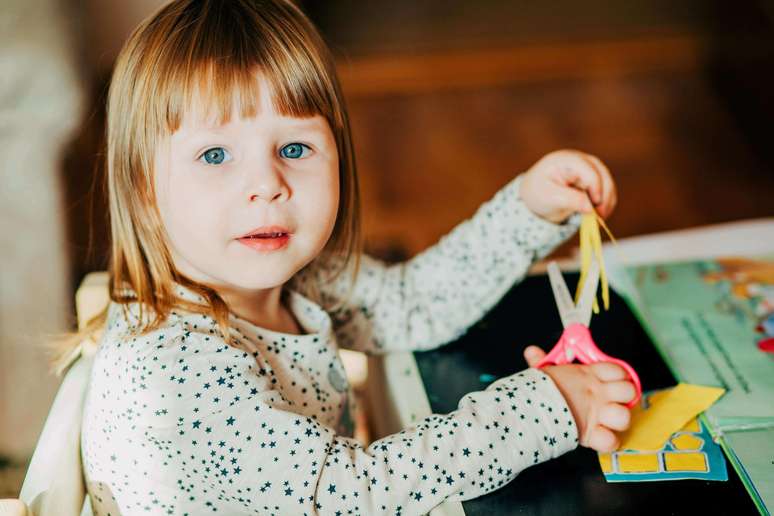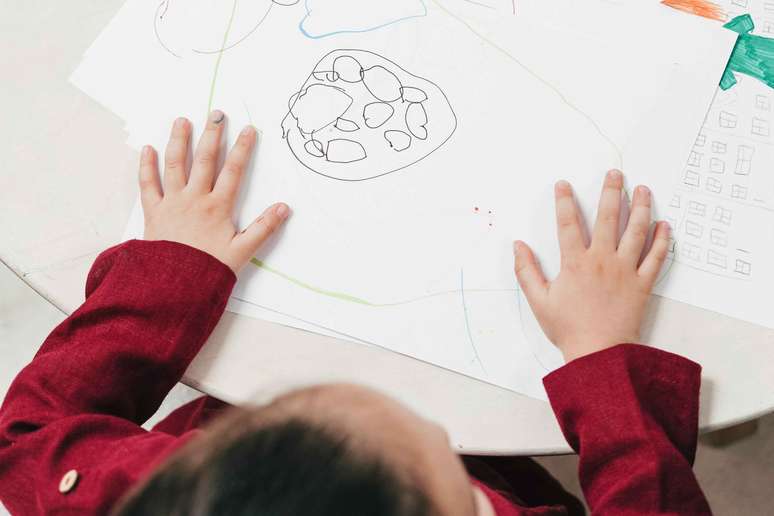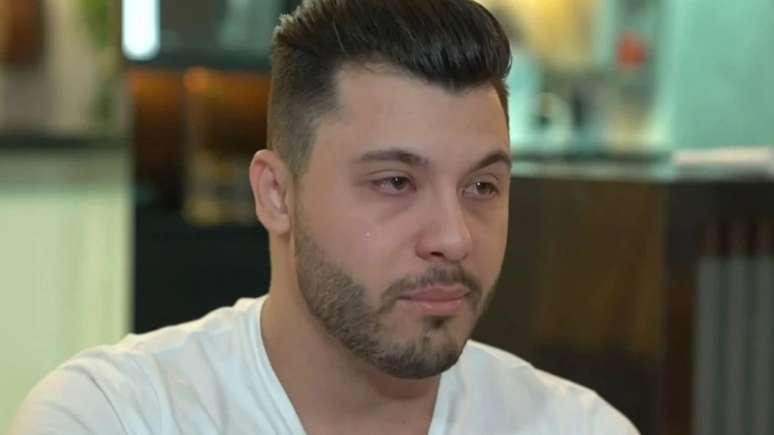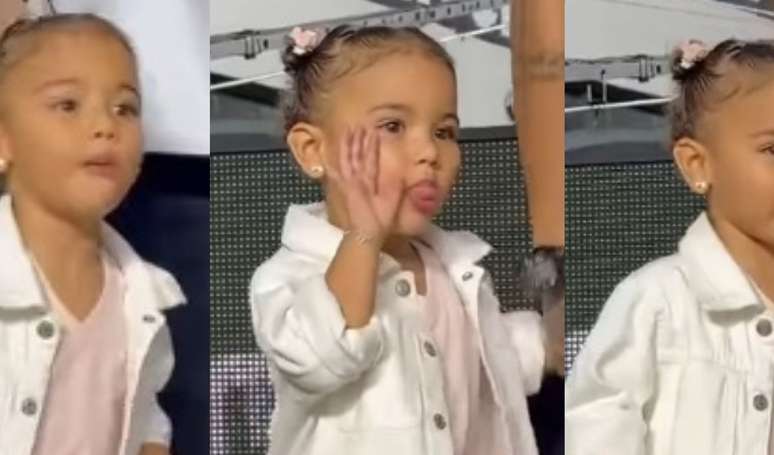Learn games that help develop motor coordination by reusing leaves that would go directly to recycling!
You know that pile of drafts – impressions that went wrong, papers that the little ones drew on, texts that you no longer want to keep…? – before sending everything to separate collection, you can enjoy a little more! We list here some activities with used paper for babies and children which, in addition to having fun, they work on motor coordination. Look down:
html[data-range=”xlarge”] figure image img.img-08475fc8bedda61f7b023314f519e5e3izbbgtzb { width: 774px; height: 516px; }HTML[data-range=”large”] figure image img.img-08475fc8bedda61f7b023314f519e5e3izbbgtzb { width: 548px; height: 365px; }HTML[data-range=”small”] figure image img.img-08475fc8bedda61f7b023314f519e5e3izbbgtzb, html[data-range=”medium”] figure image img.img-08475fc8bedda61f7b023314f519e5e3izbbgtzb { width: 564px; height: 376px; }
1. Discard items
Anyone who has a child in the family knows how much fun it is to “discover” something. Be your face behind the bedspread (over and over), be a disguised object. The idea of this activity is simple: just choose a few items and wrap them in cards for the child to unwrap. You don’t need tape or anything fancy. The intention is that the little one can do everything by himself, with his own little hands. Also, don’t get stuck on toys – he presents other items around the house.
2. Destroy the card
Yes, the suggestion is simply this: tear the paper. Ideal for children who are just starting to explore what their hands are capable of. Show them how it’s done and let them follow suit. This activity is easy and contributes to the development of motor coordination.

3. Train the use of scissors
You don’t have to wait for school to introduce your child to scissors. By carefully choosing a child-friendly model and when you feel that the child is ready to start, the following activity is worth suggesting: cut a sheet of paper into strips about two centimeters wide and show how to cut them into squares from one end . This is a skill that seems simple, but requires training.
4. Training with glue
After cutting, a good idea is to use glue with the little ones! Showing that it is possible to glue one piece of paper to another has an enchanting effect in early childhood. At the start, the stick version tends to be a better optionas it requires no force to squeeze the hose and makes less mess.
5. Make folds
How about turning old sketches into origami? They can be simple or more elaborate, it doesn’t matter. The idea is that the child has fun while he works on coordination, attention and finger dexterity.
6. Wrap items
If for the little ones the fun is to be discarded, for the adults the challenge is exactly the opposite. With paper cutting skills, sense of size, using masking tape and more, this is a real activity for the coordination of older children. It’s worth wrapping a book, a shoe box or whatever your imagination sends!
Source: Terra
Ben Stock is a lifestyle journalist and author at Gossipify. He writes about topics such as health, wellness, travel, food and home decor. He provides practical advice and inspiration to improve well-being, keeps readers up to date with latest lifestyle news and trends, known for his engaging writing style, in-depth analysis and unique perspectives.









